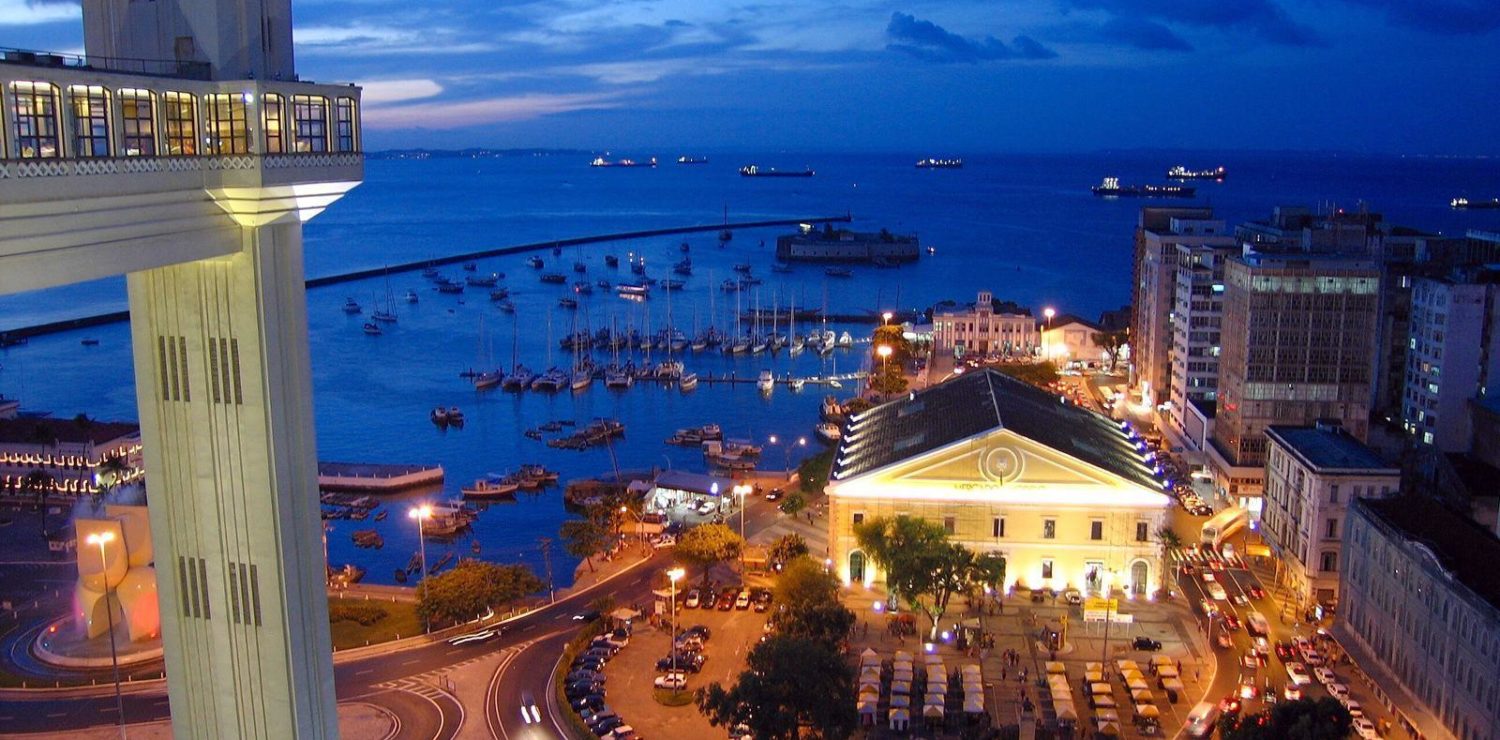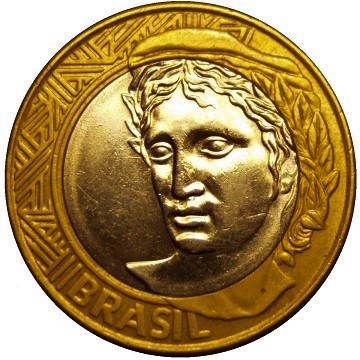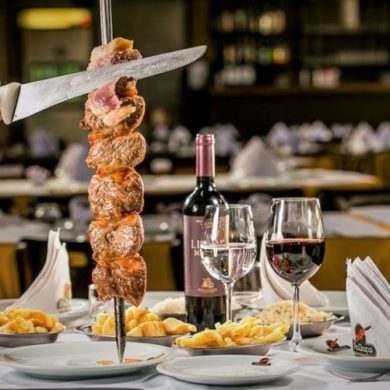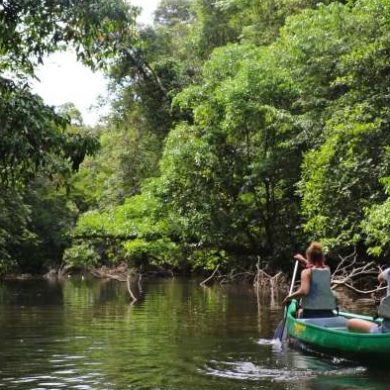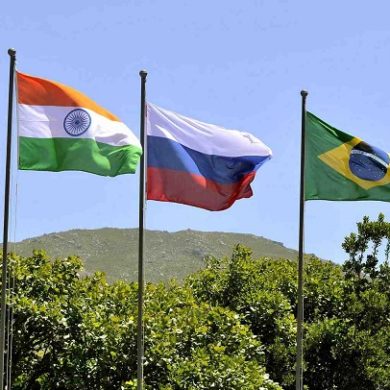The Language Spoken in Brazil
The official language of Brazil is Portuguese. However, it was not always so.
Understanding the language is one of the pieces of essential information that makes it possible to explore another country or culture. In this section of our Brazil travel guide, we present a history of the language spoken in Brazil and the story of how it came to be. This analysis will take you through the Indigenous and African influence on the dialects spoken in the country, with examples of each. We will also explore European languages spoken in Brazil, brought here by immigrants through the ages. Finally, we describe “Libras,” the Brazilian sign language.
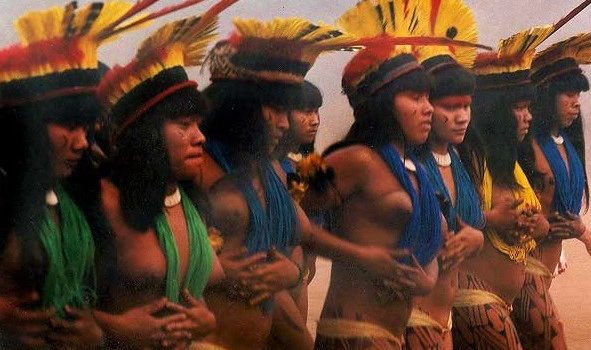
Indigenous Languages Spoken in Brazil
It is widely accepted that the Portuguese first landed on the coast of “Ilha de Vera Cruz” (island of the true cross) in 1500. Later they changed this name to “Terra de Santa Cruz” before it became “Brasil.” Led by Pedro Álvares Cabral, who was on his way to India, the fleet landed in Porto Seguro in Bahia. The Portuguese that landed in Porto Seguro would have encountered the Indigenous people of those lands – the Tupi tribes who communicated in Old Tupi. The tribes had similar languages and this particular group eventually represented all indigenous people to the Portuguese. This meant that all other indigenous languages spoken in Brazil were ignored, both by the Portuguese and by the Tupi. The Tupi considered these other languages “Tapuya,” meaning empty or barbarian in Old Tupi.

There were an estimated 1500 dialects and languages spoken in Brazil when the colonizers first arrived, although many were similar to each other. To understand the complexity of the indigenous languages of Brazil, scholars and anthropologists group them into language families, which are in turn grouped into language trunks. The two main trunks of languages that exist in Brazil are Tupi and “Macro – Jê.” Examples of families in Tupi are Tupi – Guarani, and Monde. The most common languages spoken at the time were of the Tupi – Guarani family. A speaker of either Tupi or Guarani was able to communicate with many other tribes. There are languages in the Tupi – Guarani family which are even spoken in other South American countries such as Bolivia, Peru and Venezuela!
Within the language trunks, there are also isolated languages that do not belong to any family. In the Tupian trunk, we have isolated languages like Sateré – Mawé, the language spoken by the tribe of the same name, famous for domesticating the “Guaraná” vine and harvesting its berries for consumption as an energetic drink. Examples of families in the Macro – Jê trunk are Jê, Bororo and Karajá and the isolated languages like Guató and Ofayé.
The first Europeans to arrive in Brazil eventually learned to speak the Tupi – Guarani language (Old Tupi). This included Jesuit missionaries who studied the language so they could promote their religious ideals among the tribes who had their own rituals, traditions and beliefs stripped, often by force. We can see this today in that when Brazil was first “discovered,” there were well over 1000 different indigenous languages. Nowadays, just over 200 remain. Scholars attribute this sad decline directly to colonization, epidemics, extermination and enslavement. Nowadays, only pockets of evidence exist that there were so many languages spoken in Brazil. In São Gabriel da Cachoeira for example, the official language alongside Portuguese is “Nheengatu”, a direct descendant of Old Tupi. Although the dialect spoken nowadays is evidently heavily influenced by Portuguese.
“Língua Geral” was the name of the language that eventually emerged as the language spoken in Brazil between the European settlers, Indigenous people, African slaves and Jesuit missionaries. “Língua Geral Paluista” was used more in the South (Sáo Paulo region). This consists of “Tupi asutral” or “Southern Tupi.” The language spoken in the Amazon “língua geral amazônica” was “tupinambá.” Its descendent is the aforementioned “Nheengatu.” Both these “língua gerais” were simplified versions of the commonly spoken Old Tupi. There are still isolated indigenous tribes who have not made contact with the outside world, so there may be languages and dialects that we are still unaware of, or surviving languages spoken in Brazil, that are thought to be extinct!
Furthermore, many words from the Indigenous languages spoken in Brazil have survived or even been immortalized in modern day languages such as Portuguese, French and English. Most of the words that have reached the English language arrived there via Portuguese. Many of these words are used to refer to animals and food that did not exist in Europe before the colonization of Brazil; naturally, the Portuguese words were used for these, which often came from Indigenous languages. Below are some interesting examples of Portuguese and English words with Indigenous origins, you may have used many of them before without realizing where they come from!
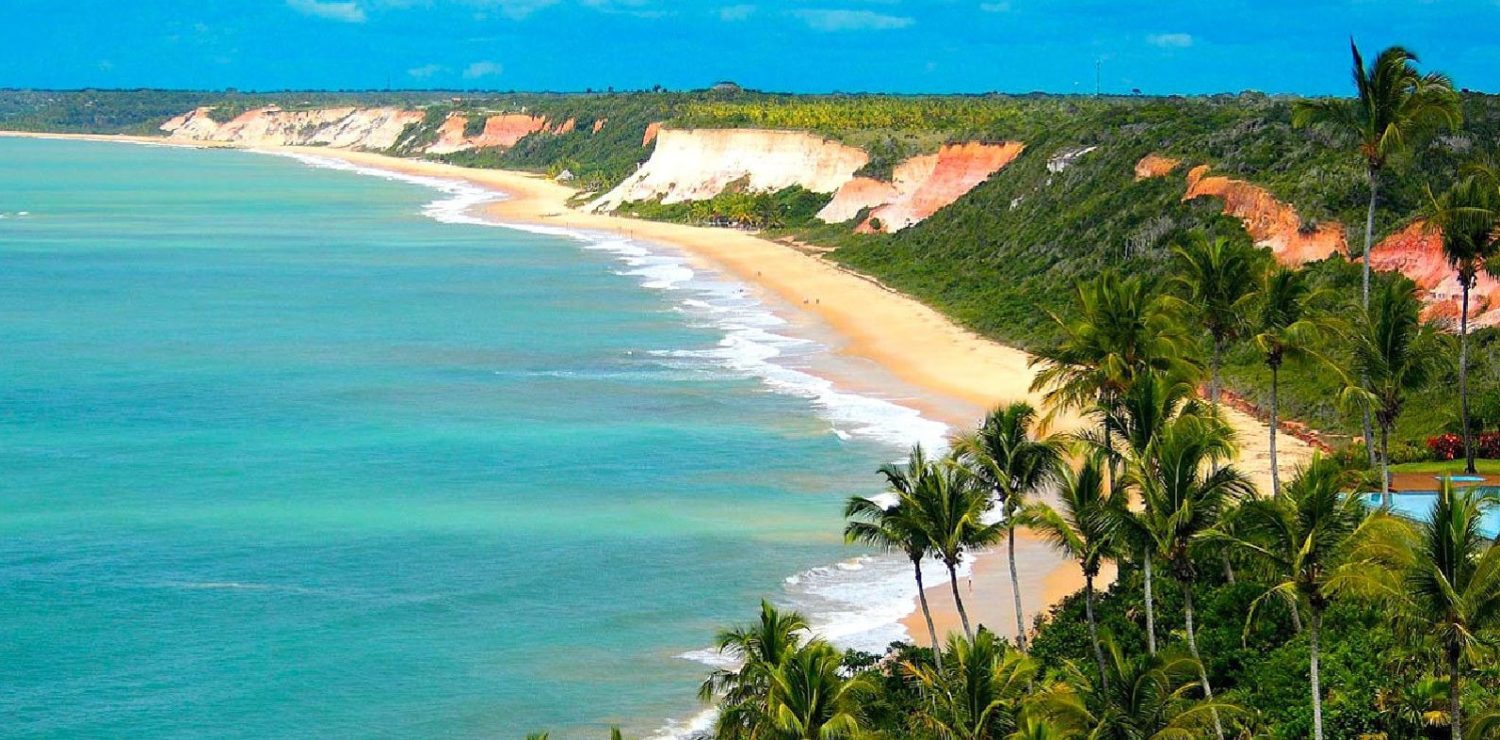
English words with Indigenous language origins
Jaguar: yaguara (beast of prey – Tupinamba)
Macaw: makʾo or macavuana (palm tree from which macaws eat – Tupi – Guaraní)
Capybara: ka’apiûara (one who eats slender leaves/grass” – Tupi)
Cashew: acajuba (Cajú tree – Tupi)
Piranha: Pirá + sanha/sainha or ánha/anhá or pira’ya (Fish + tooth or cut/bad or scissor-fish – Tupi/Tupi – Guaraní/Old Tupi)
Açaí: asaí (Plant/Fruit + Unknown – Tupi)

Portuguese words with Indigenous Language origins
Abacaxi: Pinneapple (i´bá and ká´ti – Old Tupi)
Cutucar: – To pick (kutuk – Tupi)
Guaraná: Berry found in Amazon (warana for fruit like the eyes of the people – Sateré-Maué/Tupi – Guaraní)
Abacaxi: Pinneapple (i´bá and ká´ti – Old Tupi)
Cutucar: – To pick (kutuk – Tupi)
Guaraná: Berry found in Amazon (warana for fruit like the eyes of the people – Sateré-Maué/Tupi – Guaraní)
Brazilian Place Names with Indigenous Language origins
Roraima: “Green Mountain” (rora for green and imã for mountain – Yanomamö)
Maranhão: “The River that runs” (mar’anhan – Old Tupi)
Ipanema: “Worthless water” (ipá for worthless and nem-a for pond/water – Tupi)
Paraná: “Big river” (para rehe onáva – Tupi)
Ceará: “Green waters” (Tupi – Guraní)
Paraíba: “Old/rough/dangerous river” (pará for river and aíba for rough/bad – Old Tupi)
Piauí: “Fish from the river” (piau for fish and y river – Tupi)
History of the Portuguese Language in Brazil
Portuguese is the official language of Brazil, spoken by 98% – 99% of the country. Education, business, media and most domestic communication is in Portuguese. The dialects spoken in Brazil are collectively known as Brazilian Portuguese. However, it wasn´t always this way.
In the first 200 years of Brazilian colonization, (from the year 1500 onwards), Indigenous people, Portuguese settlers and African slaves shared a common language known as “Língua Geral,” which was based on Tupi. Although the Portuguese settlers had made Portuguese the official language of the country, most domestic communication was in Língua Geral (a mixture between Tupi and Portuguese). This creole spread to areas of Brazil were people did not speak Tupi. The Jesuit missionaries helped the development and spread the use of Língua Geral as they used it to communicate with the Indigenous tribes. Some even learned Tupi. The better they could communicate, the easier it was for them to spread Catholicism among the natives. Also, the use of Língua Geral was spread by the “Bandeirantes.” These Portuguese thieves and fortune hunters settled in Brazil to find wealth. They left the coast to explore Brazil´s inland areas looking for gold and capturing natives as slaves. With them, they took Língua Geral. In the early years of colonization, Língua Geral was the language spoken in Brazil.
The Portuguese crown disliked the fact that Língua Geral, which was more associated with Tupi, was the language spoken in most of the Brazilian colony. So, in 1758 Marquis of Pombal made the use of Tupi illegal across Brazil. This made the native language of the country against the law by royal decree. In 1759, the Jesuits were expelled from Brazil, which caused further deterioration of Língua Geral. Eventually, according to the wishes of the crown, Portuguese became the Língua Franca of Brazil.
The African Influence on Brazilian Portuguese
The language spoken in Brazil also has many examples of words with African origins. When you consider that Europeans kidnapped 3.6 million Africans and brought them to Brazil from 1550 to the mid 1800´s, it is not surprising to know that many words from the slaves´ native languages were adopted in Brazil. Interestingly, when you compare the words of African origin to the words of Indigenous origin, you will see a difference in that the words of African origin are more related to people and lifestyle whereas the words of Indigenous origin mostly refer to plants and animals.
“Cafuné” is the word used to describe when “a person runs their fingers through a loved one’s hair.” This is a particularly interesting word to consider, as it is truly reflective of its origins. During colonial times, the slaves from Africa had nothing apart from each other; the simple act of running your fingers through a loved one´s hair was a way of trying to comfort another in the most horrible of conditions. The word is a product of the conditions in which it was used, making it difficult to translate to other languages. Not only did the word survive, but the action of caressing a loved one´s hair is now a common part of Brazilian culture.
During the period from 1601 to 1700, there were more Africans in Brazil than both Europeans and Indigenous people. As time went on cultural miscegenation played its part and the numbers of black Brazilians, or people born with mixed origins increased. Scholars generally agree that the population of African and Indigenous people were the key actors in an “imperfect shift” from their native languages to Portuguese. This meant that they did not entirely adapt all aspects of the language including grammar and vocabulary and that their descendants followed this pattern. From this point of view you can see, that it is highly likely that African influence would affect the Portuguese language spoken in Brazil.
Speakers of many different African languages and dialects were brought to Brazil, including from the Bantu group of languages, Quimbundo from Angola and Iorúba from Nigeria. Check the examples of words that have survived in Brazilian Portuguese, some of which have made their way as far as the English language.
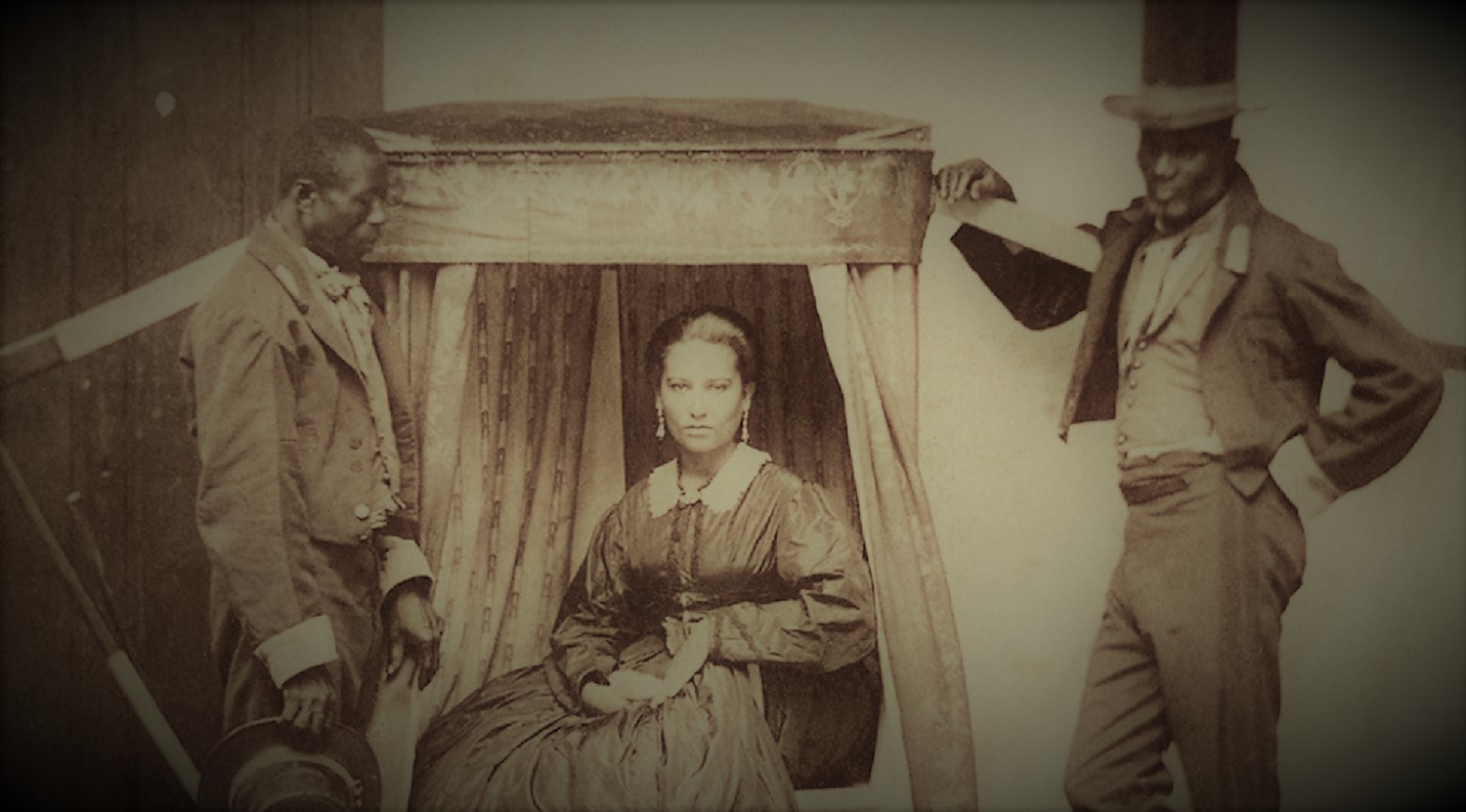
Portuguese words with African Origins
Moleque – Young/street/mixed-race/ child (Quimbundo)
Caçula – Youngest child (Quimbundo)
Samba – Brazilian music/dance (Quimbundo)
Acarajé – Brazilian deep fried bean patty – (Yoruba)
Axé – Life force, (Brazlian music genre) – (Yoruba)
Quilombo – Settlement of escaped slaves – (Kilombo, Kimbundu)
Differences between Brazilian Portuguese and European Portuguese
If you travel to Lisbon or the Algarve, you will notice that the Portuguese spoken there is quite different from what you hear in Minas Gerais or Fortaleza. Some say that the accent in Portugal is “thicker” and the pace of speech faster. In fact, it was during the 1700´s that the differences we hear today first began to emerge. Some experts have used the term “colonial lag” to describe why there are such differences between European Portuguese and the language spoken in Brazil.
As the Portuguese spoken in Portugal evolved throughout history, with such things such as French influence during the Napoleonic era, the Portuguese in the colony did not or at least did so to a lesser extent and at a much slower pace. The Portuguese spoken in Brazil remained a lot closer to the language that the Portuguese spoke when they first landed on Brazilian shores. Another factor that is worth considering here is the geographical distance between Portugal and Brazil; not every small change that happened in the Portuguese language was bound to reach Brazil 7000km away!
Interestingly, the Portuguese of other countries that Portugal colonized speak Portuguese that is a lot more similar to European Portuguese. The first reason for this is that they achieved their independence a lot later than Brazil did. Take Angola for example, who became independent from the Portuguese on November 11th 1975. They would have had a lot more contact with the Portuguese throughout the historical development of the country. This means that they would have been a lot more likely to follow small changes in the language. Furthermore, Portuguese became the official language of Brazil over 200 years after the first colonizers landed. This means there was ample time for the Indigenous and African populations to influence the language. On the contrary, Dom João, the king of Portugal fled the Napoleonic invasion in 1808 and went to Brazil. This helped a little with the coordination between the languages spoken in the two countries, particularly in the bigger settlements in Brazil.
As the 20th century approached, so did new technological innovations and words for these new concepts were born which influenced the language spoken in Brazil. The Brazilian people came up with their own words to describe modern concepts. In Brazil, the word for train is “trem” whereas the Portuguese would refer to it as a “comboio.” Also, the word for bus in Brazil is “ônibus” whereas in Portugal it is “autocarro.” Lastly, the immigrants who came to settle in Brazil around the mid – 1800´s, such as the Italians, German, Polish, Japanese and Spanish communities heavily influenced the language spoken in Brazil. In some cases if you travel to central and southern Brazil, you may even notice the subtle differences in how each European country influenced the language.
Immigrant Languages in Brazil
According to the 1940´census, the most popular second language spoken in Brazil was German. It is important to note here that at this time, there were many more Italian immigrants present in Brazil than German, but the children of the Italians spoke Portuguese whilst the children of the German immigrants spoke more German. In fact, 2/3 of children with German parents spoke German at home, whilst ½ of the children of Italian descent spoke Italian at home. This suggests that it may have been easier for Italian speakers to assimilate to speaking Portuguese than it was for German speakers. If you head to the south of Brazil, you will still find native speakers of European languages such as German, Italian and Ukrainian. Most groups of native speakers are becoming bilingual, however.
Furthermore, outside of Japan there is nowhere with more people of Japanese ancestry than in Brazil. As of 2014, the figure stood at an astonishing 1.5 million people! The number of interracial marriages between Japanese and Brazilians is rising and so more people are being born with mixed Japanese and Brazilian ancestry. The Japanese community in Brazil has a particularly strong presence in São Paulo where there has even been a Japanese language newspaper published since the 1940´s. In São Paulo, but also in other areas such as Mato Grosso do Sul, Amazonas and Santa Catarina, you will encounter people of Chinese and Korean descent, many of the Chinese living in these areas originally hail from Macau and they speak a dialect known as Patuá. This was the result of the Portuguese basing their Asian naval base in Macau in the 16th century.

Different dialects in Brazil
When you visit the different regions of Brazil, you will realize that Brazilian Portuguese has many different dialects. Differences include pronunciation and accent. The immigration of German, Italian and Polish people would have played a significant part in shaping them. The level of exposure of the region to other influences such as African slaves, Indigenous language and other means of language transfer i.e. by the “bandeirantes” were the other significant factors influencing the language spoken in Brazil and the dialects that make it up.
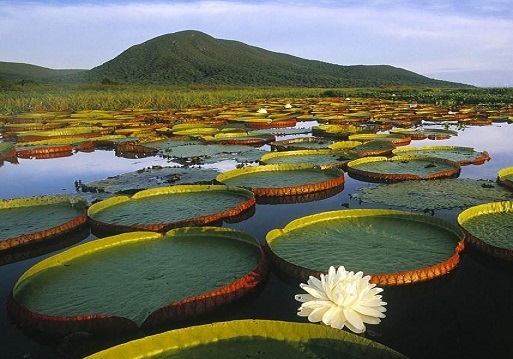
In general, Brazilians in the cities speak more formerly than in the countryside where colloquialism and slang are more common. Within the cities, pronunciation can vary between the different areas. “Caipira” is the dialect you will hear in the states around São Paulo. It is most common in the rural areas around southern Minas Gerais and northern Paraná. The Northern dialects such as “Amazonico” and “Nordestino” express vowels differently than the rest of the dialects. Amazonico in particular will express vowels with more of a nasal sound.
If you go to Bahia you will encounter the specific dialect of “Bahiano.” It is similar to Nordestino in pronunciation. The presence of African slaves in Brazil has influenced much of the lifestyle, culture and demographics of this area, not to mention the language. In Bahia, you will hear examples of borrowed language. “Bróder” for example is used to refer to your friend, a word borrowed from the English “brother.” Also, popular with the Bahians, are abbreviations, on the bus the “cobrador” who is the fare collector is known as the “cobra.”
“Fluminense” Portuguese is spoken in the wider geographical area of Rio de Janeiro and the eastern regions of Minas Gerais and Espírito Santo. It is associated with the city of Rio de Janeiro, one of the areas where there is a lot of slang. Also, this dialect of Portuguese is the most popular in Brazil and speakers refer to it as the main dialect. It is used on TV – Globo, the biggest television service in Brazil and many famous Brazilians and politicians have adopted it. It is seen by non – speakers as less colourful or boring. Fluminense is also refered to as “Carioca.” However, Carioca is the accent of Rio de Janeiro (and a person from Rio de Janeiro).
“Mineiro” is spoken in Minas Gerais. Caipira was formerly spoken here, however when gold was discovered in the region, naturally this attracted gold miners from Europe and their African slaves and also bandeirantes (thieves). It is a mixture of many influences and so is known as the dialect which is most difficult to understand. With a faster pace of speech, you will even find whole sentences merged into one word in Mineiro. “Para onde nós estamos indo? meaning “Where are we going?”, changes to “pronoistamuíno?” in Mineiro!
“Sulista” is the dialect spoken in most of Southern Brazil, it is quite similar to Caipira. Curitiba and Florianópolis have quite distinct accents with the latter sharing similarities with the Portuguese spoken in Azores and in Madeira known either as “florianopolitano” or “manezinho da ilha.”
Brazilian Sign Language
Brazilian sign language (BSL) is known as “Libras” in Brazil – short for Língua Brasileira de Sinais. In Brazil, it is considered its own separate language and is used by the vast majority of the deaf community that consists of about 5 million people. It shares some similarities with 18th century French sign language interestingly, and the one-handed finger spelling comes from French sign language. BSL even has different dialects across Brazil, differing among regions and sociocultural groups. The last significant change in the law as regard sign language was in 2005, which makes BSL compulsory in education and in public services.
